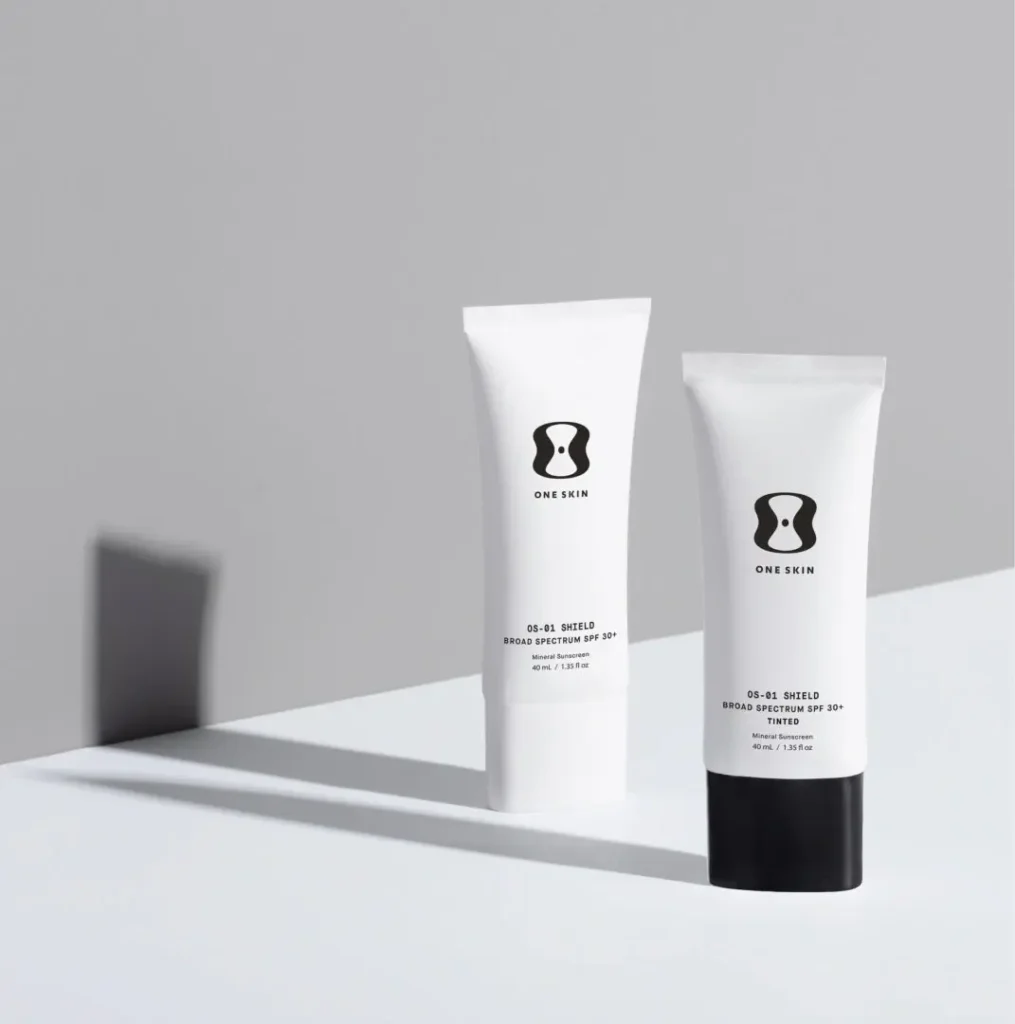Autism diagnoses are on the rise and curious minds are asking why? What is Austism? Autism is characterized by impaired social interactions and repetitive stereotyped behaviors. Autism is nothing short of complex diagnosis with causes being linked to genetic and environmental factors2, while mainstream treatments focus on behavioral therapy such as applied behavioral analysis or ABA.
If the cause of autism has been identified as genetic and/or environmental factors then how come our mainstream treatments are not focused on the cause?
You may be asking, well how do I treat my genetics? There is a field of study known as epigenetics. Epigenetic modification has been shown in studies to have a great impact on our genetic expression. In functional medicine we focus heavily on epigenetics as part of our personalized treatments for our patients.
I like to think of genetics as the walls and roof of our house and epigenetics are the things we put inside of our house – furniture, paint, decorations, as well as maintenance of our home. We don’t choose the walls or the roof but we do choose the interior decorations and are responsible for maintenance. All of these factors greatly effect the feel and look of our home.
There have been many studies on how epigenetics affects our gene expression. One study in particular is the Agouti mice study. This study looked at maternal mice that were exposed to BPA and given nutritional supplementation vs mice that were exposed to BPA and not given nutritional supplementation. The agouti mice genetically had yellow coats at birth and were prone to obesity and cancer. The study supplemented one group of agouti, maternal mice with b-vitamins to enhance methylation capacity (detox route in the body). After supplementation, the supplemented mothers gave birth to brown mice who were no longer prone to obesity and cancer. This study determined that maternal nutrition and environmental exposures influence the fetal epigenome1.
The agouti mice study beautiful illustrates how our exposures and nutritional status can affect our gene expression and therefore disease development. This is so empowering! Does this mean we have control over our genes and what diseases we develop later in life? Well maybe…
Epigenetic factors are complex in how they affect our genes. Epigenetic mechanisms include chromatin folding and attachment to the nuclear matrix, packaging of DNA around nucleosomes, covalent modifications of histone tails (e.g. acetylation, methylation, phosphorylation), and DNA methylation1. There’s a lot going on here and we have to a sound understanding of how our lifestyle, exposures, and treatments are affecting our genes.
What are epigenetic factors?
- DIET
- EXERCISE
- SLEEP
- STRESS
- ENVIRONMENT AND EXPOSURES
Let’s go back to Autism and learn a little bit more about the prevalence of this diagnosis3:
-1 in 36 kids identified with autism
– 241% increase from the year 2000
-Most are diagnosed by the age of 4
-Boys are 4 times more likely than girls to be diagnosed
-40% are non-verbal, 44% have average or above average intellect, 31% have intellectual disability
-36.5% of caregivers use ABA therapy, 20% of caregivers use CBD
-It is estimated that 1/2 of all kids will have autism by the year 2025
With stats like these it is imperative to try alternate treatment approaches that focus on treating the cause as well as focus on prevention.
So, what else can we do to treat autism?
Gut dysfunction and environmental exposures are correlated with behavioral regression in ASD1. So let’s treat the gut and envrionment!
- The gut is where we digest, absorb, and synthesize our nutrients as well as where 2/3rd’s of our immune system resides, so treating the gut makes sense.
- Toxins and infections disrupt our gut microbiome, reduce our resistance to infections and activate our immune system, so treating those seems to make sense too.
So it’s Simple right? Treat the gut, treat the infections, and remove the toxins!
Not so simple… but effective.
The gut is 2/3rds of our immune system and directly talks to our brain via the vagus nerve. Gut modulation reduces inflammation, calms immune activation, enhances detoxification, and improves nutrient absorption which calms brain inflammation, brain immune activation, and enhances cognitive ability. Through gut modulation and identification of triggers promoting the dysfunction we are effectively able to enhance detoxification and bring back homeostasis to the body.
Through a functional approach we work to identify antecedents, things that predispose a person to a disease, triggers, things that activate the progression of the disease, and mediators things that are hanging around preventing healing. It is also important to include a plan that incorporates mind, body and spirit as well.
Like I said early, this is a not an easy task…
This includes diet and lifestyle change as well as environmental evaluation to avoid exposures to known toxins that disrupt the gut microbiome and the blood brain barrier like pesticides/herbicides, BPA, phalates, xenoestrogens, PFA’s, heavy metals, EMF’s and mold and mycotoxins.
Remember simple changes to the inside of our home can make the space look and feel completely different. Changes to those epigenetic factors and enhancing detoxifcation through – diet, exercise, sleep, stress, toxic exposure reduction/removal, enhancing detoxifcation, toxin and infection prevention – can alter our genetic expression, calm immune activation, reduce inflammation, and bring back homeostasis to the body resulting a different internal feel and outward expression.
So let’s do this! If you or someone you know is struggling with an autism diagnosis schedule a FREE consult here to see how we can help 🙂
In good health,
Nicole
References:
- DC. The agouti mouse model: an epigenetic biosensor for nutritional and environmental alterations on the fetal epigenome. Nutr Rev. 2008 Aug;66 Suppl 1(Suppl 1):S7-11. doi: 10.1111/j.1753-4887.2008.00056.x. PMID: 18673496; PMCID: PMC2822875.
2. Suprunowicz M, Tomaszek N, Urbaniak A, Zackiewicz K, Modzelewski S, Waszkiewicz N. Between Dysbiosis, Maternal Immune Activation and Autism: Is There a Common Pathway? Nutrients. 2024 Feb 16;16(4):549. doi: 10.3390/nu16040549. PMID: 38398873; PMCID: PMC10891846.
3. https://www.autismparentingmagazine.com/autism-statistics/




























